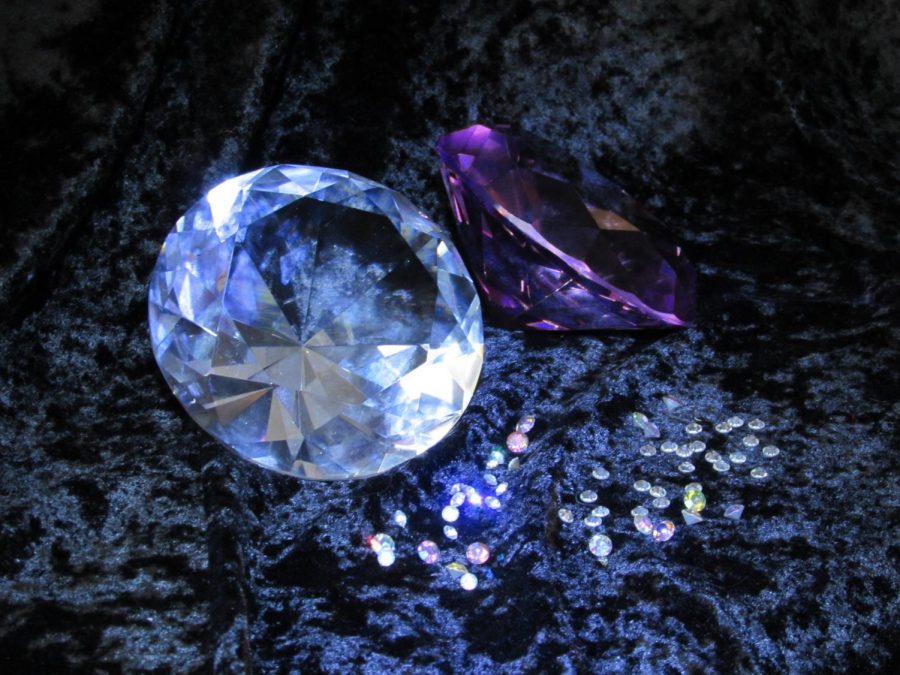Blood Diamonds
November 6, 2018
When people think of diamonds, it evokes feelings of joy and excitement. Diamonds are synonymous with engagements and anniversaries and glamor and love. When picking out jewelry, few people think about where the stones that catch their eye are coming from.
Within the top five list of countries that export diamonds, a Kimberley Process study found that Botswana and the Democratic Republic of Congo take third and second place, with Russia being first. However, if that list is expanded to top ten, seven out of the ten countries are in Africa. Africa’s diamond deposits are so rich that if you combine the U.S. value for the bottom four countries, Sierra Leone, Namibia, South Africa, and Angola, their overall value is millions of dollars over that of Russia’s, who’s in first.
Throughout history, the countries that mine these diamonds have been plagued by conflict and bloodshed. When corrupt governments receive money from their diamond sales, the money is used to fund extremist militia groups. These groups terrorize everyday citizens. They kidnap young children to enlist them as child soldiers. They steal money from those trying to find honest work, and smuggle illegal narcotics across borders. Warlords in charge are rich from the diamond industry, so they fight tooth and nail to protect their terrain. Their “soldiers” are poor people who die fighting for greed. These wars have killed or displaced over one million people in Africa, as reported by globalwitness.org. Diamonds that come from areas of conflict are often called “blood diamonds,” due to the amount of bloodshed they come with.
If that’s not troubling enough, the people who do the mining are often mistreated. There are over one million diamond diggers making less than one U.S. dollar a day. Poor regulations and standards lead to many accidents and deaths. People die every year due to mudslides or machinery malfunctioning.
NBC News found that even young children are recruited into this business. They are considered good workers because they’re healthier and their small hands can reach up into equipment to fix it. A five-year old who’s missing his hand is not entirely unique in mining towns. These towns are also common stops in the sex trade industry. STDs like HIV and chlamydia run rampant. The problem got so bad in Botswana that Debswana Diamond Company is offering HIV medication to all of their employees and their families.
Another health problem locals face is empty pits get filled with rain water which runs stagnant. This water becomes poisonous to the local flora and fauna, but provides the perfect breeding ground for mosquitoes. Mosquitoes are the main culprit behind the disease known as malaria. The CDC estimates that 429,000 people were killed by malaria in 2015 and found that the three highest countries with malaria rates are Uganda, Ghana, and the Democratic Republic of Congo.
These are tragic and pressing problems, but there are solutions. When buying diamonds, research the company you’re buying from. There are companies and even specific batches of diamonds that have been certified by the Kimberley Process. This is an organization that tracks diamonds to make sure they do not have any connections to militia groups.
Another viable alternative is buying lab-grown diamonds. These are grown in labs and are just as beautiful as the real thing. They are often more customizable and technically perfect. Moissanite is another stone that looks just like a diamond, but is cheaper and more ethical. Randy McCullough spoke with Forbes magazine and explained that typical gem mining causes more damage to the environment, but moissanite is made of carbon and silicone, which creates less of an impact on the Earth.
There are many great alternatives, do your research and shop ethically.





